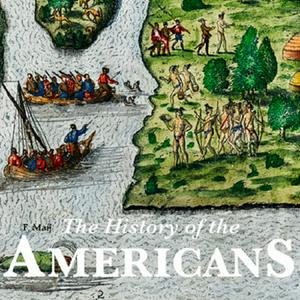King Philip’s War 2: Lighting the Match
After Massasoit's death in 1660 or 1661, his son Wamsutta became sachem of the Pokonoket community and the leading sachem of the Wampanoag confederation, and early on he followed Algonquian custom and changed his name. He asked the men of Plymouth Colony, longstanding allies of his nation, to give him an English name, and they proposed Alexander. His brother Metacom also took an English name, Philip. Alexander would soon die under circumstances that deeply concerned the Wampanoags, and his brother Metacom, now known to the English as King Philip, assumed the paramount sachemship.
During the 1660s and 1670s, a series of crises would degrade the now fifty year alliance between Plymouth Colony and the Wampanoag confederation, with war narrowly averted in 1671. Then, in early 1675, the Harvard-educated Christian Indian John Sassamon would be found dead, murdered by someone. Plymouth prosecuted and executed three Wampanoag men on scanty evidence, a violation of Philip's sovereignty. Misunderstandings piled on top of outrage, and pressure built on both Philip and the Plymouth authorities to mobilize. The deputy governor of Rhode Island tried to broker peace, but events moved too fast. On June 23, 1673, the war began.
Errata: (1)Toward the end of the episode, I said that the town of Mattapoisett was "just east of New Bedford." Oops. There is a town with that name there today, per Google maps, but in 1675 the place with that name was on the water near Swansea, where the Taunton River flows into Mt. Hope Bay. (2) At another point, I said there had been "almost forty" narratives written about the war. Since there were at least 29, I should have said "almost thirty."
Maps of New England during King Philip's War
X/Twitter – @TheHistoryOfTh2 – https://x.com/TheHistoryOfTh2
Facebook – The History of the Americans Podcast – https://www.facebook.com/HistoryOfTheAmericans
Selected references for this episode (Commission earned for Amazon purchases through the episode notes on our website)
Lisa Brooks, Our Beloved Kin: A New History of King Philip’s War
Jill LePore, The Name of War: King Philip’s War and the Origins of American Identity
Matthew J. Tuininga, The Wars of the Lord: The Puritan Conquest of America’s First People
John Easton, A Relation of the Indian War (pdf)
Philip Ranlet, “Another Look at the Causes of King Philip’s War,” The New England Quarterly, March 1988.
